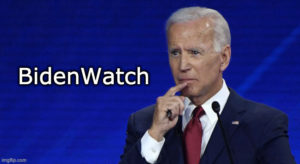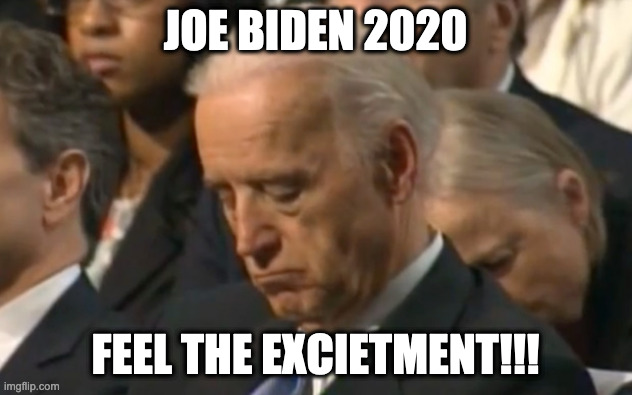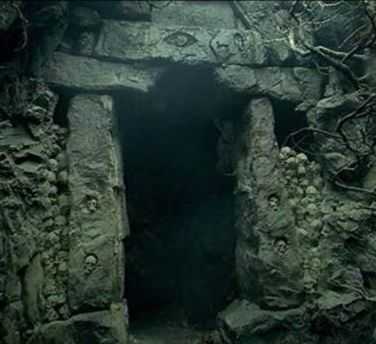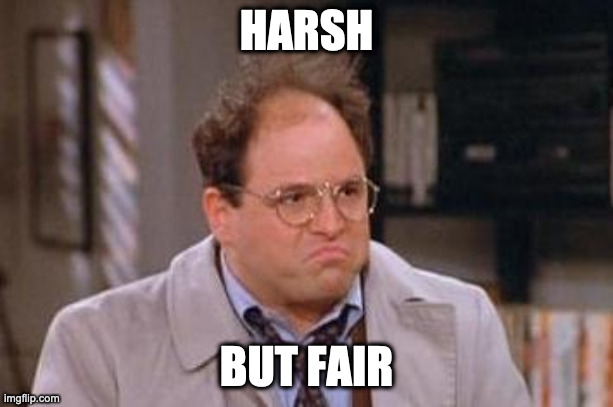The problem with blogging about China’s lies over the Wuhan Cornavirus isn’t what to include, but what to leave out. There are at least two pretty useful timelines:
From the Center for Security Policy:
November 17, 2019
Patient Zero. Official Chinese government sources say the first case of coronavirus emerges on November 17, but is not recognized at the time. The unidentified victim is to become known as “Patient Zero.”
December 26
Wuhan virus detected with 87% similarity to SARS. A medical lab received samples from Wuhan hospitals “and reached a stunning conclusion as early as the morning of Dec. 26. The samples contained a new corona virus with an 87 percent similarity to SARS, or severe acute respiratory syndrome.” This account will be revealed late in January 2020 by multiple unauthorized Chinese sources.
December 27
Lab executives urgently brief Wuhan health officials. A day after discovering the new corona virus, “lab executives held urgent meetings to brief Wuhan health officials and hospital management,” according to a lab technician.
Officials order labs to suppress scientific findings. Chinese genomics scientists sequence the virus and discover a resemblance to SARS, but Chinese regime officials order them to surrender or destroy the virus samples. The regime suppresses the scientific findings. Chinese Communist Party (CCP) censors delete the news report of the destruction, revealed by Caixin Global, from the Chinese internet.
Snip.
Late December 2019 – Early January 2020
Authorities report no new infections or deaths. “. . . in Wuhan, local cadres were focused on a days-long Communist Party conclave that was scheduled to run from Jan. 11 to Jan. 17. During that time, the Wuhan Health Commission each day claimed there were no new infections or deaths,” the Washington Post‘s Gerry Shih, Emily Rauhala, and Lena H. Sun would later report from Beijing. (They would later be banned for their reporting.)
Snip.
January 8
Infection information is suppressed. Regime officials in Wuhan suppress information that medical workers in the city had been exposed to the virus by patients they were treating, and that they, too, had become infected.
US CDC issues alert for patients who had been to Wuhan. The Centers for Disease Control in Washington issues an alert for clinicians “to be on the look-out for patients with respiratory symptoms and a history of travel to Wuhan, China.”
Snip.
January 16
Wuhan officials say health crisis is over, and encourage large public gatherings. Wuhan residents go to a government sponsored fair, citing government statements that the health crisis is over.
Chinese officials encouraged hundreds of millions of people to travel over previous month. Mid-December 2019 to mid-January 2020 “was a time when Chinese officials were beginning to grasp the threat of a new contagious disease in Wuhan but did little to inform the public — even with the approach of the Lunar New Year holiday for which hundreds of millions of Chinese travel,” the Washington Post would report.
January 24
Still no human-to-human transmission outside China, according to WHO. Science News: “No human-to-human transmission has yet been reported outside of China, the WHO said.”
Chinese government bans ‘group travel’ within China but allows travel to foreign countries. Beijing bans “group travel” within China but still permits travel abroad. “But in a blunder that would have far reaching consequences, China did not issue an order suspending group travel to foreign countries until three days later, on Jan. 27,” Japan’s Nikkei reports.
February 5
New York Times runs op-ed saying it’s safe to travel to China. The New York Times publishes an op-ed by a travel writer who objects to the notion that it is unsafe to travel to China. The piece is headlined, “Who says it’s not safe to travel to China?” (Subsequently, the op-ed does not appear on the writer’s website that contains her list of published works.)
Chinese government urges US and others to abide by WHO policies. The US and other countries should follow WHO guidelines and not impose their own measures, China’s consul general in New York tells reporters. “‘We understand all the measures taken by the US and many other countries. But I think still we should follow the guidance from the WHO and not to issue measures stricter than that or overreact,’ Huang said, referring the World Health Organisation’s opposition to restrictions on travel and trade, despite having declared the outbreak a global emergency,” according to the South China Morning Post.
Plus how Communist Party control made everything worse, as local officials were too terrified of doing something wrong to act for fear of receiving blame from the national party, so the truth about the outbreaks was repressed at every level until the problem was too big to ignore.
On the American response:
January 8
US CDC issues alert for patients who had been to Wuhan. The Centers for Disease Control in Washington issues an alert for clinicians “to be on the look-out for patients with respiratory symptoms and a history of travel to Wuhan, China.”
January 17
US starts implementing airport health entry screening for virus ‘exported’ from Wuhan. The Centers for Disease Control announces implementation of “enhanced health screenings to detect ill travelers traveling to the United States on direct or connecting flights from Wuhan, China. This activity is in response to an outbreak in China caused by a novel (new) coronavirus (2019 nCoV), with exported cases to Thailand and Japan.”
Plus the WHO’s repeatedly parroting the communist line, and zillions of news outlets calling it “Wuhan coronavirus” until they suddenly decided (no doubt at China’s urging) that it was racist to tell the truth.
The Victims of Communism is less detailed on a day-by-day basis, but includes a good timeline on the WHO’s complicity in the coverup.
The Chinese Communist Party’s deception has had a terrible human cost, with more than 100,000 global deaths and counting. Entire countries are shut down and economies are contracting, pointing to a global crisis that will likely outlive the pandemic itself. According to a study by the United Kingdom’s University of Southampton, if Beijing had acted three weeks earlier, the number of COVID-19 cases could have been reduced by 95 percent, and its geographic spread would have been severely limited—thereby preventing a pandemic.
If you’ve got the time, both are well worth reading through.




